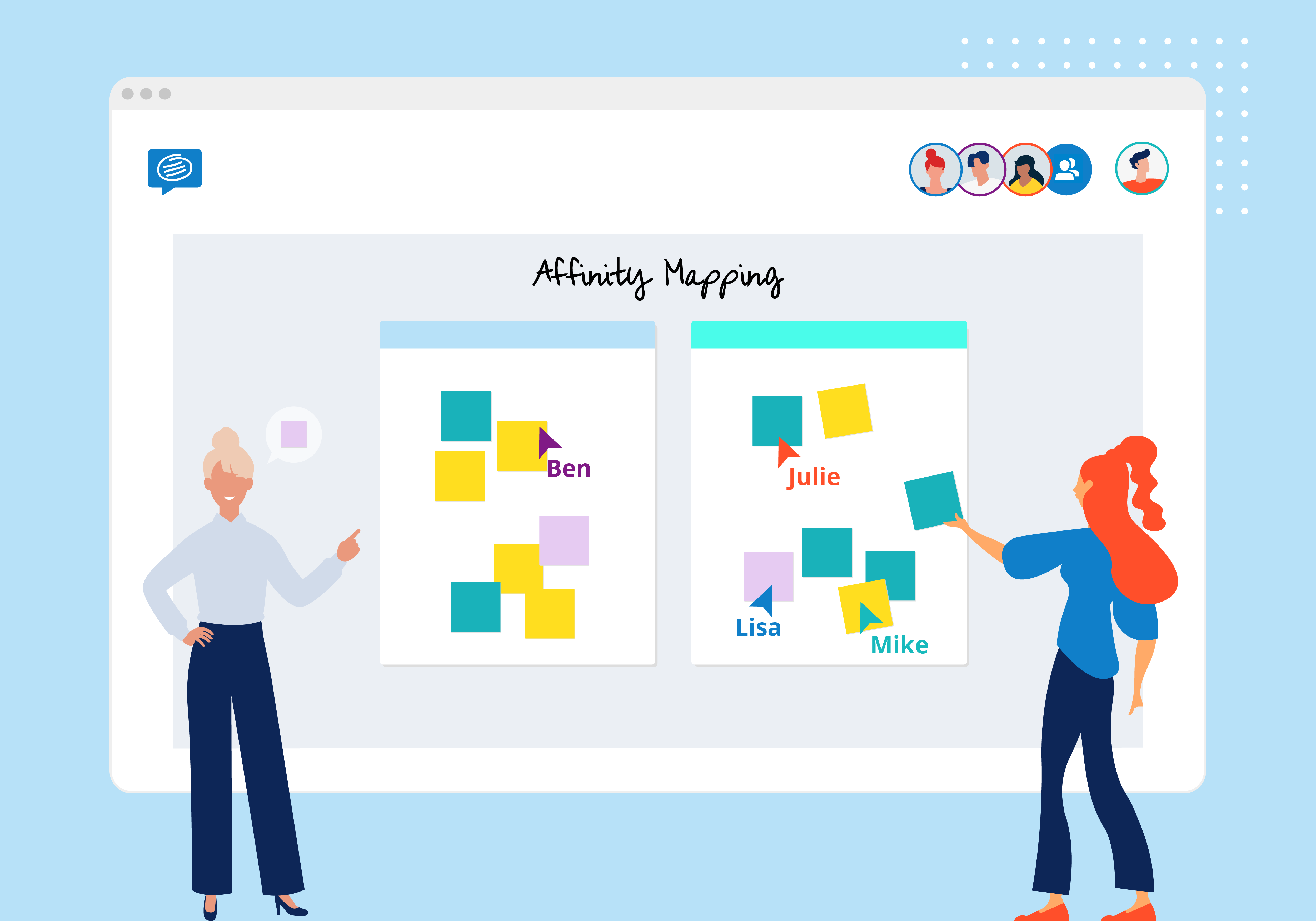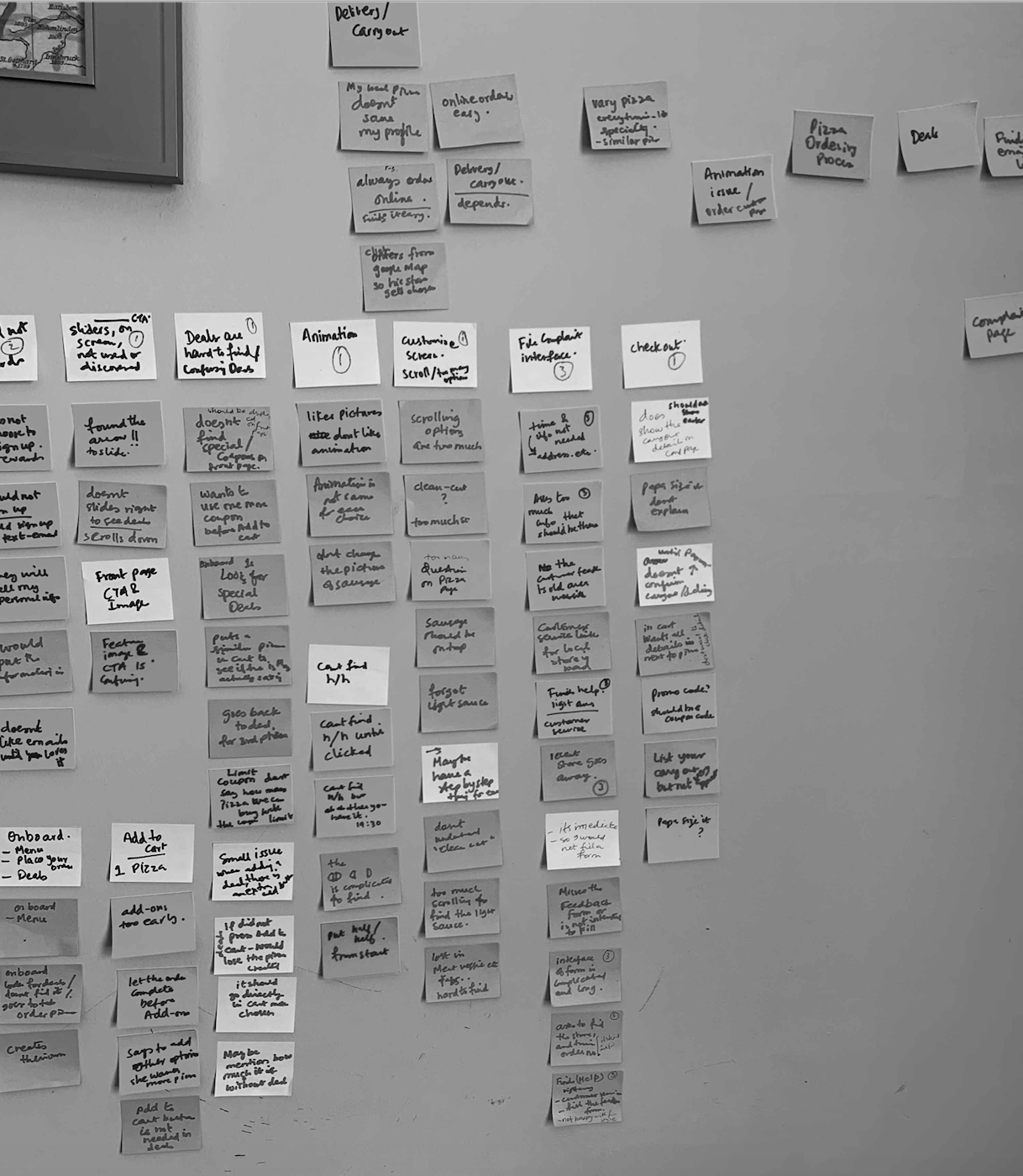


They are visualization tools that allow managers and their teams to express their raw ideas without conceptualizing them into fully thought-out processes or plans, and they are primarily used to document and structure the concepts developed during a brainstorming session.Īn affinity diagram provides a means of organizing large amounts of information collected on various topics.
#Affinity diagrams how to#
How to get started with affinity mappingĪffinity diagrams are used to generate, organize, and consolidate information about a process, problem, complex issue, or product.In this article, you’ll learn what an affinity diagram is, how it can be used to organize data, and, most importantly, how you can incorporate it into your planning processes. You might have heard of affinity diagrams, but you may also be looking for more information on how to use them to better organize your ideas and plan your work. One of the most popular methods is the practice of affinity diagramming, a simple yet effective tool that might just be exactly what you have been looking for to sort through all your information and keep your team on track. From data collected via surveys to the latest concepts developed during brainstorming sessions, it can be all too easy to get lost in the seemingly endless sea of information.įortunately, there are a number of excellent project management techniques and tools you can use to bring structure to your processes and put your organization’s data to work.

On top of that, you have to organize, manage, and process huge amounts of information. How to use affinity diagrams to organize your workĪs a team leader, you’re tasked with helping your staff members reach their maximum potential while guiding your organization toward simultaneously achieving measurable, positive results.


 0 kommentar(er)
0 kommentar(er)
